European ‘Corpse Medicine’ Promised Better Health Through Cannibalism
“Take the fresh, unspotted cadaver of a redheaded man…”
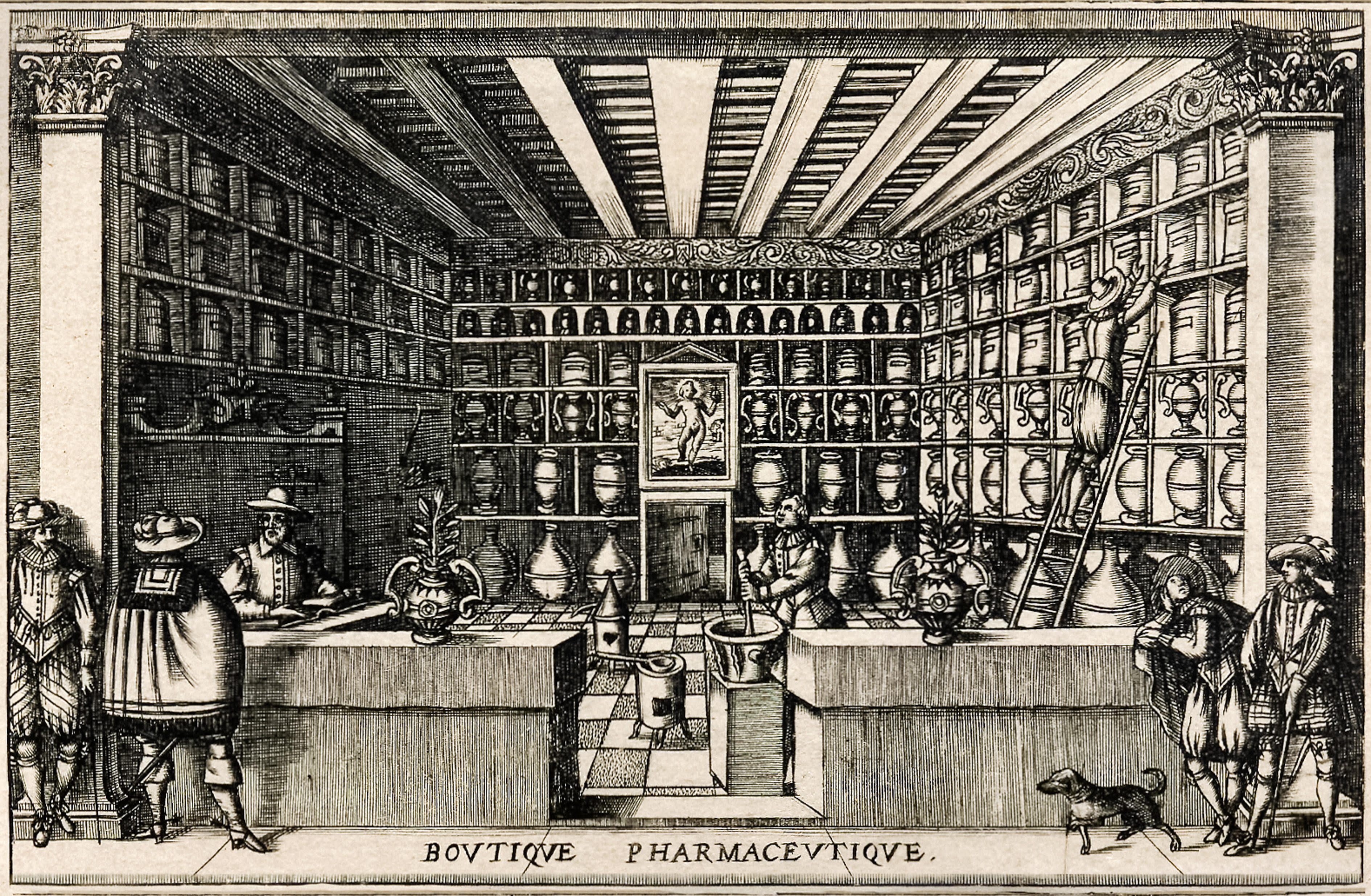
In 17th-century England, at the age of 23, Richard Baxter, writer of Protestant Christian works, was generally having a bad time. Every day he coughed, sometimes spitting blood. He had pains in his stomach, suffered from daily flatulence and joint pains, had bouts of scurvy, and to top it off, often had an achy tooth. He suffered from constant headaches, and much of the medicine of his day had no idea what to do with him. So he did what anyone else would in his time, under the circumstances: he tried some more potent cures, made of human corpses.
Baxter’s ailments plagued him in the middle of an increase in medical cures in Europe, made from human body parts and blood from corpses as ingredients, now called corpse medicine. The use of dead bodies in medicine had been simmering in the medical community since around the year 25 in parts of the ancient Roman empire, with more organized and widespread use in Europe since the 1200s, lasting in dwindling practice into the 1890s. Over the centuries, physicians experimented with their corpse-related remedies; human remains became a cure for anything from gout to deep wounds.
Richard Sugg writes of all this medical macabrely in his book Mummies, Cannibals and Vampires. Some recipes for corpse medicine cures have survived over a very long time. Human body parts have been used in medicine around the world at various points in history, but Europe’s corpse medicine heritage seems to have largely stemmed from ancient Rome. Sugg writes that in ancient Rome, the equivalent of medical professionals at the time advised drinking blood straight from a freshly perished gladiator, and similar practices continued through the middle ages. When Baxter suffered “a fit of bleeding,” he was cured by applying moss that had been grown on a human skull. To promote hair growth for anyone with a receding hairline, “liquor of hair” would help hair grow, while powdered hair taken orally was thought to help cure jaundice. For anyone developing cataracts in old age, human excrement could be ground into a powder, writes Sugg, after which you would “blow it into the eye.”
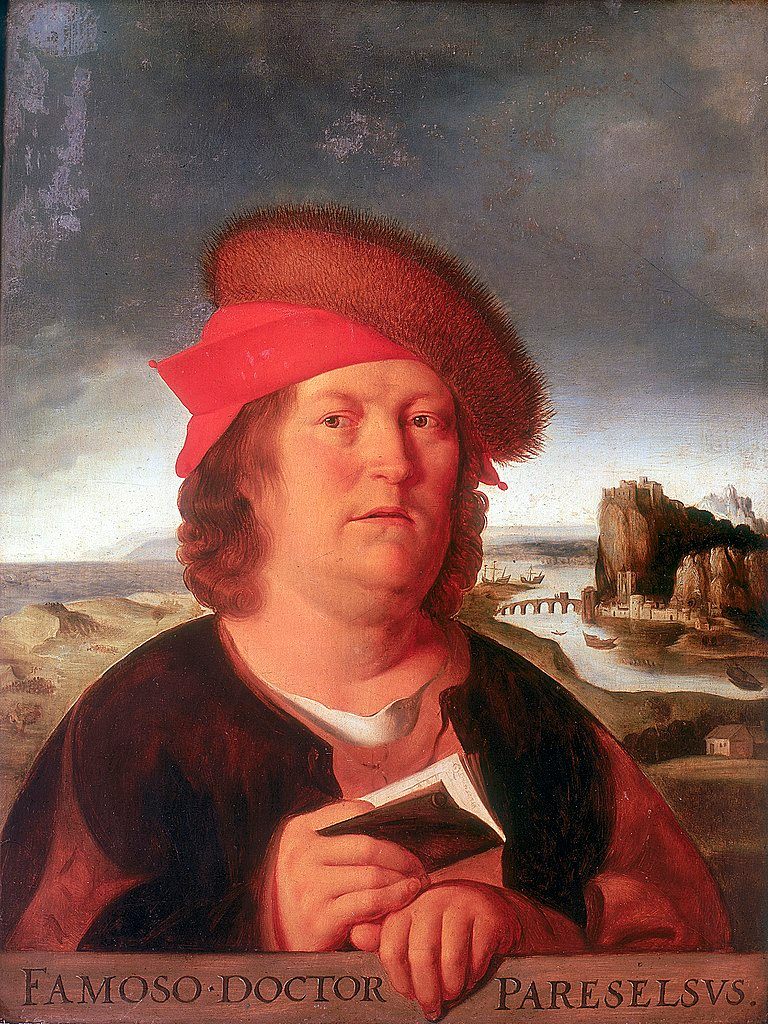
When people ate ground-up body parts and bodily fluids, they believed that they were using powerful bodily forces to cure another body system issue. Paracelsus, a 16th-century Swiss physician and “father of toxicology” believed that to cure an ailment you needed to treat it with something similar, and many of the corpse medicine-using doctors followed this lead. To prevent tooth decay, someone could wear a tooth taken from a corpse and wear it around his or her neck, or touch the corpse tooth to one’s own. Sometimes, according to Sugg, the belief that “like cures like” was in effect, but at other times, the cure seems to have little to do with which body part it came from and everything to do with the mystical nature of dead bodies.
Kings and commoners alike were interested in this whole mysterious corpse medicine business, and King Charles II of England was apparently very fond of using human skull in a concoction known as “King’s Drops.” The recipe was simple: take a human skull and powder it into a fine dust. Add alcohol to form an extract, and drink it down. On his deathbed, Sugg writes, Charles II’s doctors frantically used these drops along with a barrage of herbal enemas and treatments to no avail. The drops lived on, though, and were sold in shops in London through the 1700s for what 18th-century physicians called “nervous complaints” and dysentery. In some cases, physicians added exotic chocolate or other herbs to the mix, but the skull was key to curing epilepsy, various bouts of bleeding, and it was believed that it could, at the last moment of one’s life, prevent death.
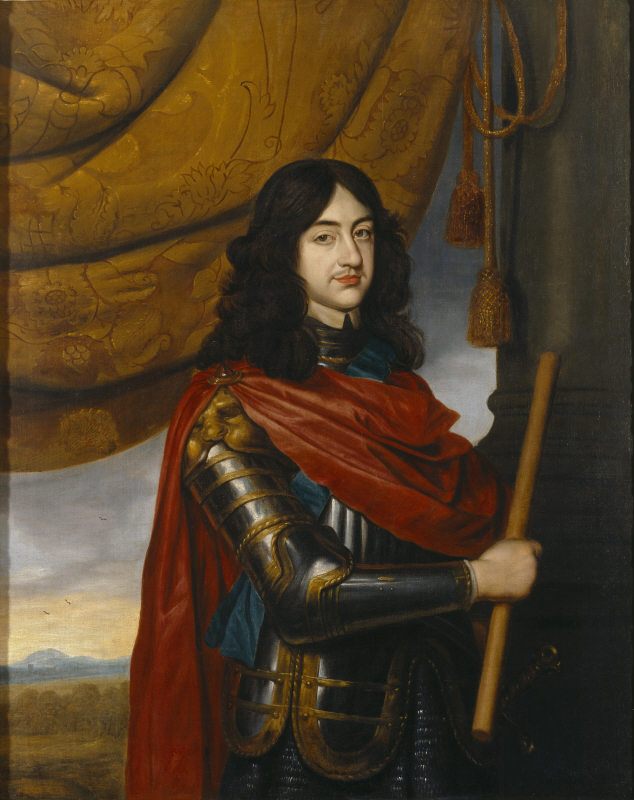
If you’re reading this in gross fascination, you might be asking—where did they get the bodies? According to Sugg, all over the gruesome place. Mummies were sometimes looted and shipped from Egypt, but since those were in short supply, a locally made mummified body would do the trick. Often, the specific social role of a person in life dictated whether their body was used, usually an executed criminal or one of the poor. In the U.K., the Irish, who were maligned and colonized by England, were a possible common source; Sugg writes that a 17th-century physician named John Pomet of England noted that a specific moss found on skulls imported to England and Germany was from Ireland. These skulls, which were crushed into a fine powder, were used in wounds to stop bleeding and as a salve, though Sugg points out that any starch or powder would generally stop bleeding.

Corpses were also taken from wars, and criminal executions—violent deaths were seen to give the body particular medicinal power. Dissection and corpse medicine became somewhat socially intertwined, with bodies dug straight from the ground. While some doctors may have drawn the line at preying on actual marked graves dug by families of the deceased rather than those of unclaimed bodies, ”bones and skulls were clearly in considerable demand around this time, and not everyone had the luck to live so close to an anonymous burial mound,” writes Sugg.
If the mummy supply from abroad was lacking, it was an easy fix to prepare one from scratch. One recipe promoted by German physician Johann Schroeder in his 17th-century medical tome Pharmacopoeia Medico-Chymica is blatant about the uses of certain bodies over others in mummy-making:
“Take the fresh, unspotted cadaver of a redheaded man (because in them the blood is thinner and the flesh hence more excellent) aged about twenty-four, who has been executed and died a violent death. Let the corpse lie one day and night in the sun and moon—but the weather must be good. Cut the flesh in pieces and sprinkle it with myrrh and just a little aloe. Then soak it in spirits of wine for several days, hang it up for 6 or 10 hours, soak it again in spirits of wine, then let the pieces dry in dry air in a shady spot. Thus they will be similar to smoked meat, and will not stink.”
Whether doctors had a bonafide Egyptian mummy or a locally sourced version on hand, they made use of every piece for their practice. Some corpse medicine treatments seemed to have nothing to do with the ailment; fingernails, skull, mistletoe, and peony root were believed to help cure epilepsy, though you could also try dried human heart. Or, Sugg writes, if you wanted to get fancier with your cures, you could infuse water with “lily, lavender, malmsey, and three pounds of human brain.” The whole corpse could be dried and sold as one piece, which Schroeder recommended to other doctors, lest they be cheated with subpar materials.
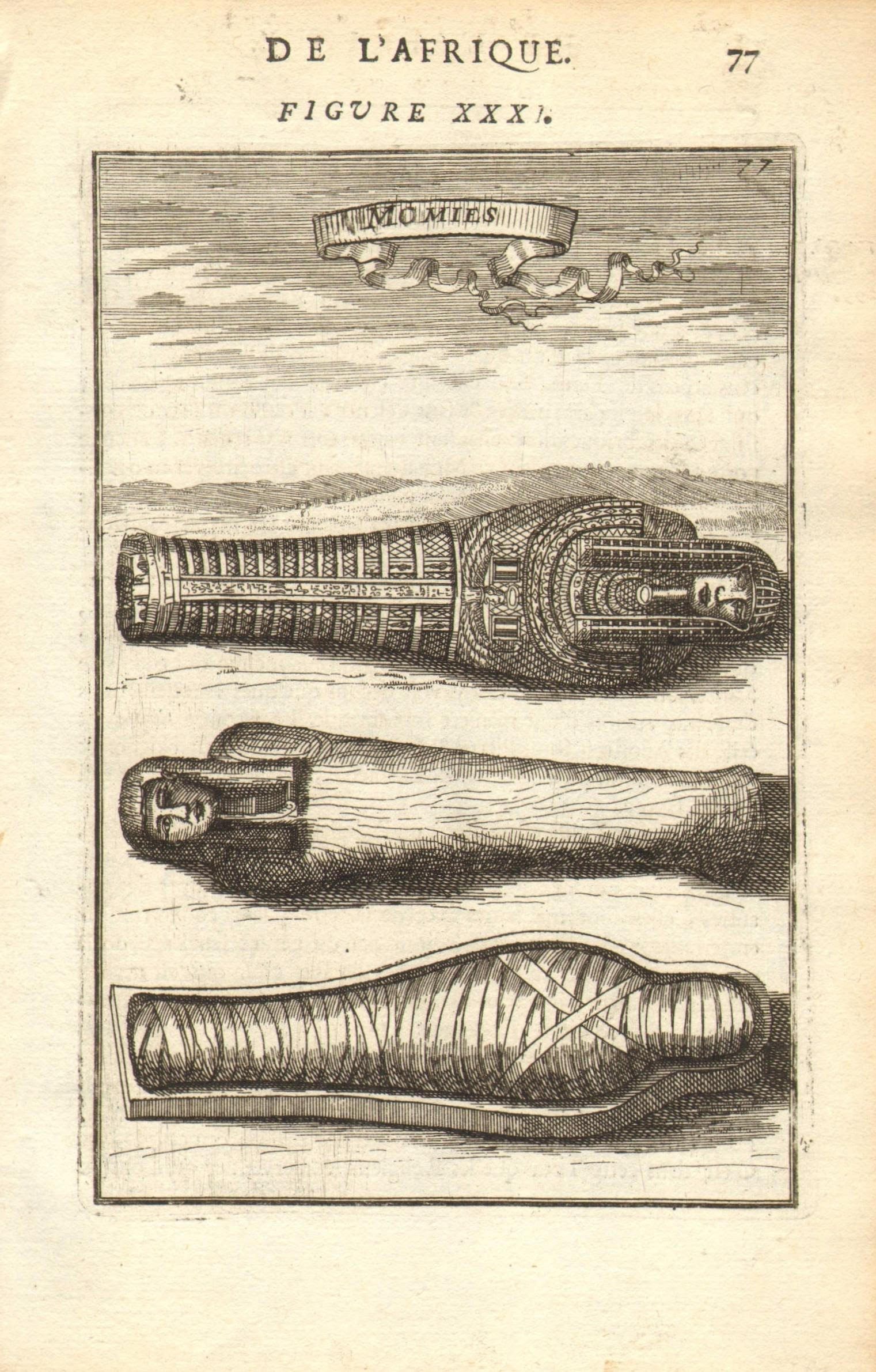
Even the less preservable parts of the body were used; an ointment of human fat and cinnabar was said to cure patients of various ailments including hydrophobia, now commonly known as rabies. To prepare human fat for use, 18th-century French pharmacist Comte Antoine-François de Fourcroy called for cutting the fat into pieces with “membranes and vessels separated” in his book Elements of Chemistry and Natural History, in which he cites physicians using human fat in cures around Europe. After the fat was washed in water and allowed to melt, it was “poured into a glazed earthen vessel” to solidify; Fourcroy adds helpfully that “twenty eight ounces of human fat” lends about 20 ounces of oil.
Medical beliefs surrounding corpse medicine were sometimes, to put it mildly, at odds with other cultural or religious beliefs during corpse medicine’s popularity. Sugg points out that 17th-century Europeans decried cannibalism, and used accusations of cannibalism against colonized people as a justification for violence.
“Humans are able, and in fact do all the time, carry these contradictory ideas,” explains Zoe Crossland, Archaeologist and Associate Professor of Anthropology at Columbia University. Even protestant Christians who decried the cannibalism implied by the Catholic eucharist, which was a huge debate in the 1600s, could easily separate their religious beliefs from their desires for the best cures around. Edward Taylor, a Puritan physician who practiced corpse medicine in New England for over 40 years, was one of many religious physicians who promoted the use of dead bodies as cures. Crossland notes that while many relationships between religion and medicine may have existed in Taylor’s time, medical cannibalism and its relationship to his religion might not have been clear, especially if the medicine didn’t come directly from his Christian community’s dogma. “He may not even have articulated or seen this as contradictory as we do now,” she says.
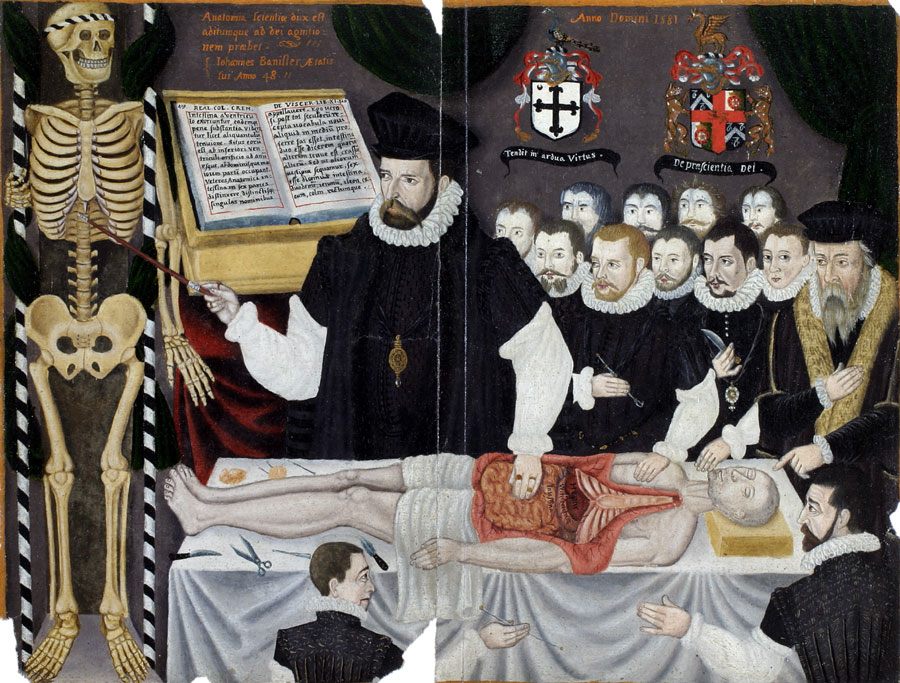
In Europe, the autopsy was growing in popularity as a way to learn about the body, but medical dissection was often seen as a punishment to the dead, and reserved for those considered undesirable in society. Some of the hype around corpse medicine grew from a mix of folk beliefs and medical practices; blood was believed to be such a powerful substance that it was collected at the gallows straight from the recently executed.
The practice of corpse medicine waned over time, but it lasted in small bursts for centuries after its heyday. Sometimes any substance that touched or came from a dead body was seen as potentially healing, even into the 19th century in the U.K.; an 1893 collection of folk cures explains that “Coffin water is considered good for warts, and the water with which a corpse has been washed has been recently given to a man in Glasgow as a remedy for fits.”
Richard Baxter relied on the most current medical knowledge of his day to alleviate his pains, but so do we. While we might cringe at these corpse medicine cures, medical practices in the U.S. and U.K. still involve human body parts, including organ donation, engineering fat cells for medicine, corpse-donated dental grafts and human blood.
“We don’t necessarily take it orally … but we use blood in all sorts of ways,” with inoculations and blood transfusions among them, Crossland says, pointing out some similarities to how people thought of those cures of old. “We get it from the living, not from the dead—but we don’t view that as cannibalistic. We see it as part of the medical world.”




















Follow us on Twitter to get the latest on the world's hidden wonders.
Like us on Facebook to get the latest on the world's hidden wonders.
Follow us on Twitter Like us on Facebook